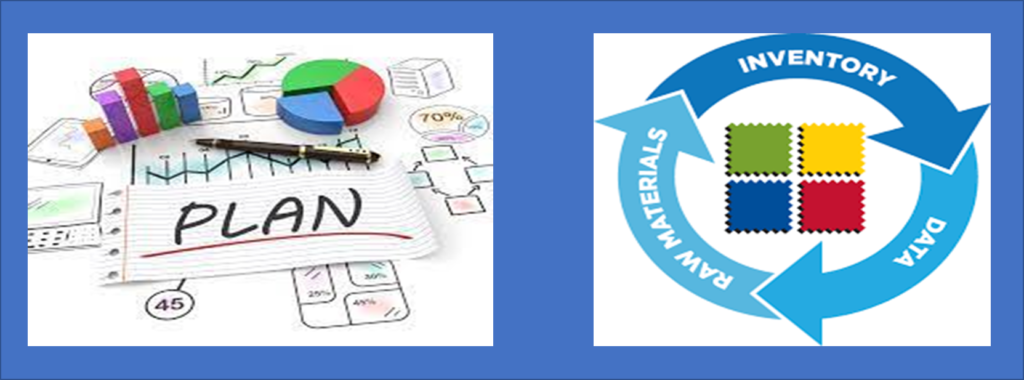
Materials management involves the acquisition, storage, and distribution of raw materials, components, and finished products. It is a critical function that helps organizations manage their inventory levels and control costs. One of the key components of materials management is planning. In this article, we will discuss why planning is important in materials management and how it can help organizations optimize their operations.
Why is planning important in materials management?
- Forecasting demand: Planning allows organizations to forecast their demand for materials and plan their inventory levels accordingly. By accurately predicting future demand, organizations can prevent stockouts or excess inventory, which can result in costly waste.
- Lead time management: Lead time refers to the time it takes to receive materials from suppliers. Planning helps organizations manage lead times by ensuring that materials are ordered in advance and delivered in a timely manner. This helps organizations avoid delays in production and maintain optimal inventory levels.
- Cost optimization: Planning helps organizations optimize their costs by ensuring that materials are ordered in the right quantities at the right time. By avoiding overstocking or understocking, organizations can reduce their inventory carrying costs and minimize waste.
- Improved efficiency: Planning helps organizations improve their efficiency by ensuring that materials are available when they are needed. This helps organizations avoid delays in production and reduces the need for expedited shipping or rush orders.
- Better supplier relationships: Planning helps organizations build better relationships with their suppliers by providing them with accurate forecasts and lead times. This helps suppliers plan their production schedules and reduce their own costs, which can result in better pricing for the organization.
How planning can be implemented in materials management?
- Demand forecasting: The first step in planning is to forecast demand for materials. This can be done using historical sales data, market research, and other forecasting techniques.
- Inventory management: Once demand has been forecasted, inventory levels can be planned. This involves determining the optimal level of inventory to maintain, taking into account lead times, order quantities, and safety stock levels.
- Supplier management: Planning also involves managing suppliers to ensure that materials are delivered on time and at the right quantity. This can involve setting up vendor-managed inventory programs or implementing electronic data interchange (EDI) systems to automate the ordering process.
- Continuous improvement: Planning is an ongoing process that requires continuous monitoring and improvement. This involves tracking performance metrics such as inventory turnover, stockouts, and lead times, and using this data to identify opportunities for improvement.
Finally,
Planning is a critical component of materials management that can help organizations optimize their inventory levels, reduce costs, and improve their overall efficiency. By forecasting demand, managing inventory levels, and working closely with suppliers, organizations can ensure that materials are available when they are needed and that costs are minimized. As materials management continues to play an increasingly important role in today’s global economy, planning will become even more critical for organizations looking to stay competitive.
_______________ XXXXX ______________
Note: Above views are purely written based on my own individual experience through various industries & based on that above points have been came out. Also gone through various books & Reference sites before conclude. Hence before implementing, pls. review & decide whether it suits/align to your requirements or not.








